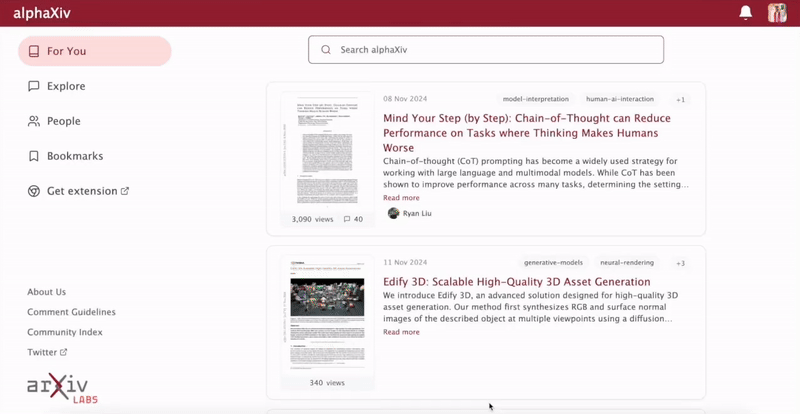Recent angle-dependent magnetoresistance measurements in underdoped cuprates have revealed compelling evidence for small hole pockets in the pseudogap regime, including observation of the Yamaji effect in HgBa
2CuO
4+δ (Chan et al., Nature Physics https://doi.org/10.1038/s41567-025-03032-2 (2025)). A key distinction between theories is their predicted Fermi volumes, measured as fractions of the square lattice Brillouin zone:
p/4 per pocket for spin density wave (SDW) versus
p/8 for fractionalized Fermi liquid (FL*), where
p is the hole doping. We calculate the
c-axis magnetoresistance
ρzz(θ,ϕ) within the semiclassical Boltzmann formalism for both states, and using the ancilla layer model (ALM) for FL* in a single-band Hamiltonian. The results from the
FL∗ phase show good consistency with current experimental data. Conversely, the results for the SDW phase are highly sensitive to the ordering momentum along the
z-direction. An ordering vector of
Q=(π,π,π) yields predictions that starkly disagree with the experiment. The only possibility for agreement within the SDW scenario is to assume an ordering momentum of
Q=(π,π,0). However, even in this specific case, the SDW scenario predicts a marginally smaller Yamaji angle at
ϕ=0 than the FL* theory, and a second Yamaji peak near in-plane angle
ϕ=45∘, which was not observed in the experiment. In reality, the Néel ordering vector is likely uncorrelated between adjacent layers, so that there is no coherent interlayer transport of hole-pocket quasiparticles in the SDW scenario, and consequently no Yamaji effect. Our results support the FL* interpretation of Fermi arcs in the pseudogap phase, and establish Yamaji angle measurements as a discriminatory tool between theoretical models.





